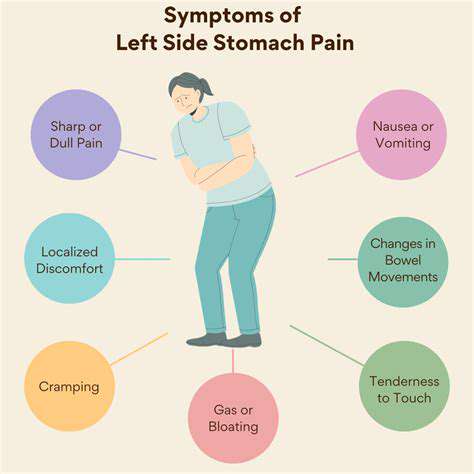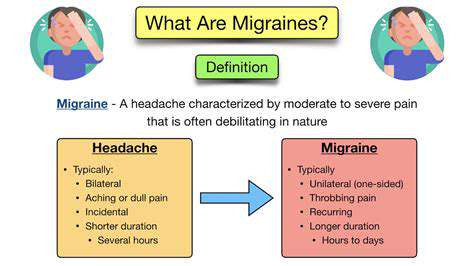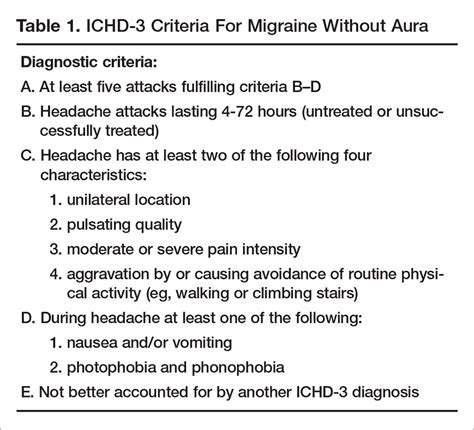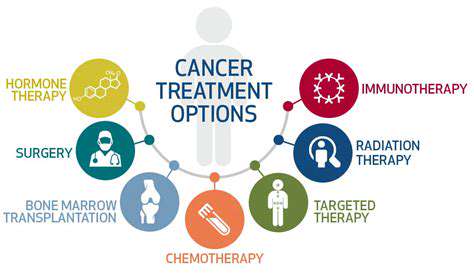Brain Inflammation
Cytokine Signaling
Neurology
Pain Management
Weight Management
Nutritional Strategies
Nutrition
Inflammation
Viêm và Đau đầu: Hiểu về Mối Quan Hệ
Cascading viêm trong não
Vai trò của cytokine trong viêm não
Cytokine, một nhóm protein tín hiệu đa dạng, đóng vai trò quan trọng trong việc điều phối phản ứng viêm trong não. Những phân tử này...
Các yếu tố kích hoạt viêm và cơn đau đầu Migraine
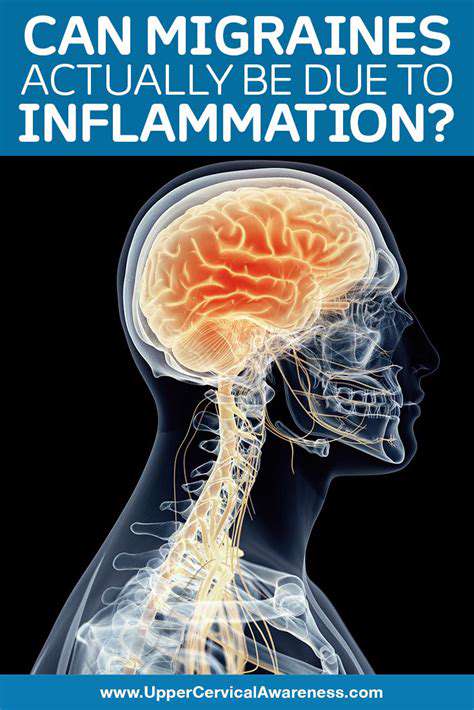
Vai trò của viêm trong đau đầu Migraine
Read more about Viêm và Đau đầu: Hiểu về Mối Quan Hệ
Các loại, Kích thích và Chiến lược Quản lý Khám phá các loại đau đầu khác nhau, bao gồm các cơn đau đầu nguyên phát như migraine và đau đầu căng thẳng, cũng như các cơn đau đầu thứ phát do các tình trạng y tế khác gây ra. Tìm hiểu cách các thay đổi lối sống, cân nhắc chế độ ăn uống và các yếu tố môi trường có thể ảnh hưởng đến tần suất và cường độ của đau đầu. Khám phá các phương pháp tiếp cận toàn diện và các chiến lược ứng phó hiệu quả để quản lý đau đầu mạn tính. Nếu tự chăm sóc không đủ, hãy tìm hiểu khi nào là lúc cần tìm kiếm sự giúp đỡ chuyên nghiệp cho các tùy chọn điều trị được cá nhân hóa. Hãy trang bị cho mình kiến thức để cải thiện chất lượng cuộc sống và giảm đau đầu ngay hôm nay!
Oct 10, 2024
Hiểu Đau Nhói ở Bên Trái Đầu Khám phá những phức tạp của cơn đau nhói ở bên trái đầu, với những thông tin sâu sắc về triệu chứng, nguyên nhân phổ biến như đau đầu do căng thẳng và chứng đau nửa đầu, cùng các phương án điều trị hiệu quả. Hướng dẫn toàn diện này đi sâu vào các đặc điểm của cơn đau nhói, bao gồm cảm giác đập mạnh và tính chất gián đoạn, cùng với các triệu chứng đi kèm như buồn nôn và nhạy cảm với ánh sáng. Khám phá cách những yếu tố lối sống, yếu tố môi trường và các tình trạng y tế tiềm ẩn có thể góp phần vào sự khó chịu này. Tìm hiểu về các nguyên nhân phổ biến như chứng đau nửa đầu, đau đầu cụm, và viêm động mạch thái dương, và hiểu khi nào nên tìm kiếm sự chăm sóc y tế cho những triệu chứng nghiêm trọng. Trang cũng nêu bật các chiến lược quản lý khác nhau, bao gồm tùy chọn thuốc, cân nhắc chế độ ăn uống, và thay đổi lối sống để giảm thiểu cơn đau. Hãy trang bị cho mình kiến thức để quản lý hiệu quả cơn đau nhói và cải thiện sức khỏe tổng thể của bạn.
Nov 09, 2024
Hiểu Về Đau Bên Trái Đầu Khám phá những phức tạp của cơn đau bên trái đầu - các triệu chứng, nguyên nhân và chiến lược quản lý hiệu quả. Hướng dẫn toàn diện này bao gồm mọi thứ từ các thủ phạm phổ biến như đau đầu do căng thẳng và đau nửa đầu đến các tình trạng nghiêm trọng hơn có thể cần chuyên môn. Hãy học cách nhận diện khi nào cần tìm sự trợ giúp y tế và khám phá các biện pháp khắc phục tại nhà, điều chỉnh lối sống và các phương pháp điều trị y tế để giảm bớt khó chịu. Hãy giữ cho mình thông tin về tầm quan trọng của việc hiểu rõ về mẫu và tác nhân gây đau đầu của bạn để tạo điều kiện cho một cách tiếp cận điều trị được cá nhân hóa. Trao quyền cho bản thân bằng kiến thức để quản lý hiệu quả cơn đau bên trái đầu và nâng cao sức khỏe của bạn.
Nov 10, 2024
Mô tả trang web về khả năng gây ra đau bên trái. Khám phá các nguyên nhân tiềm ẩn khác nhau của đau bên trái, từ các vấn đề về cơ xương đến rối loạn tiêu hóa, vấn đề tim mạch và các yếu tố tâm lý. Hướng dẫn toàn diện này chi tiết các triệu chứng phổ biến, các tình trạng tiềm ẩn và các lựa chọn điều trị hiệu quả. Hiểu cách các yếu tố như tư thế kém, vấn đề liên quan đến dây thần kinh và sức khỏe sinh sản có thể góp phần vào sự khó chịu. Tìm hiểu về tầm quan trọng của việc nhận biết các triệu chứng cụ thể và tìm kiếm sự chú ý y tế kịp thời cho các tình trạng nghiêm trọng hơn. Khám phá các phương pháp điều trị, bao gồm thuốc, vật lý trị liệu và thay đổi lối sống để giảm đau và cải thiện sức khỏe tổng thể. Hãy cập nhật thông tin và nắm quyền kiểm soát sức khỏe của bạn bằng các nguồn thông tin của chúng tôi.
Nov 20, 2024
Một Hướng Dẫn Toàn DiệnKhám phá mối quan hệ phức tạp giữa tình trạng căng cơ và viêm trong bài viết chi tiết của chúng tôi. Tìm hiểu các cơ chế sinh lý đứng sau tình trạng căng cơ, bao gồm cách co cơ có thể dẫn đến khó chịu và vai trò của các sản phẩm phụ chuyển hóa. Chúng tôi đi sâu vào tầm quan trọng của viêm trong sức khỏe cơ bắp, thảo luận về vai trò kép của nó trong việc hồi phục và các tác động tiêu cực tiềm ẩn khi nó trở thành mãn tính. Học các chiến lược hiệu quả để quản lý tình trạng căng cơ thông qua hoạt động thể chất thường xuyên, các bài tập kéo giãn và các thực hành chánh niệm. Hiểu cách lựa chọn dinh dưỡng ảnh hưởng đến sức khỏe cơ bắp và viêm, nhấn mạnh lợi ích của một chế độ ăn uống chống viêm giàu vitamin và khoáng chất thiết yếu. Hướng dẫn này cũng đề cập đến các nguyên nhân phổ biến của tình trạng căng cơ, từ căng thẳng và tư thế không tốt đến sự cung cấp nước và dinh dưỡng, trang bị cho bạn kiến thức để quản lý sức khỏe chủ động. Với những hiểu biết về các kỹ thuật giảm đau hiệu quả, bao gồm các liệu pháp chuyên nghiệp và các biện pháp tại nhà, bạn có thể cải thiện sức khỏe cơ bắp và sự phát triển tổng thể. Từ khóa: Tình trạng căng cơ, viêm, sức khỏe cơ bắp, chế độ ăn chống viêm, quản lý căng thẳng, tập thể dục, phục hồi.
Nov 20, 2024
Magie và chứng đau đầu dữ dội: Bổ sung có giúp ích không?
May 13, 2025
Khối chặn thần kinh điều trị đau đầu: Những điều cần biết
May 24, 2025
Hiểu về đau đầu do cổ: Khi đau cổ gây ra đau đầu
Jun 04, 2025
Khám phá các chất điều hòa sinh học để giảm đau đầu do căng thẳng
Jun 26, 2025
Khám phá châm khô trong điều trị đau cơ xương khớp và đau đầu
Jul 02, 2025
Điều gì xảy ra trong cuộc hẹn với bác sĩ thần kinh vì chứng đau đầu丛集?
Jul 21, 2025
Hiểu về Viêm Thần Kinh Bướm: Một Nguyên Nhân Gây Đau Đầu
Jul 22, 2025


